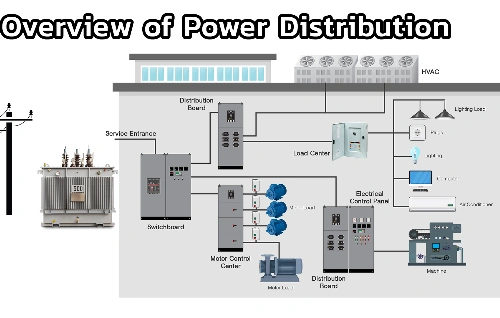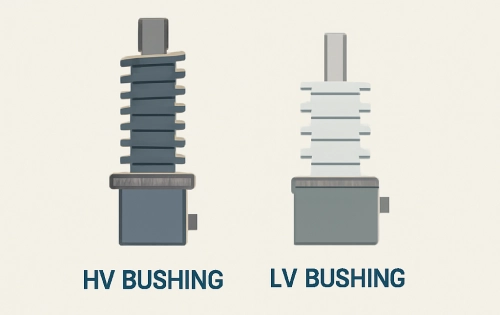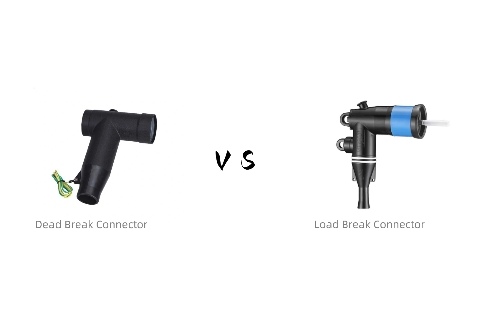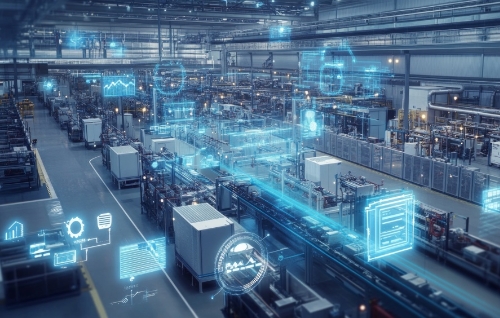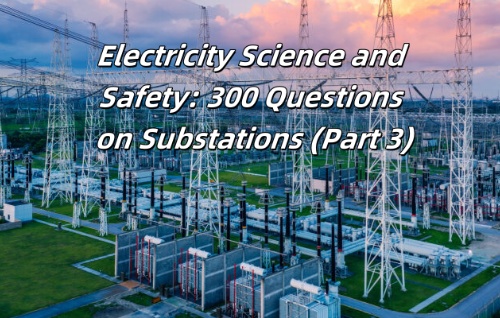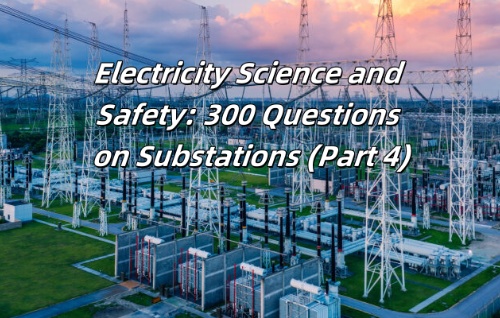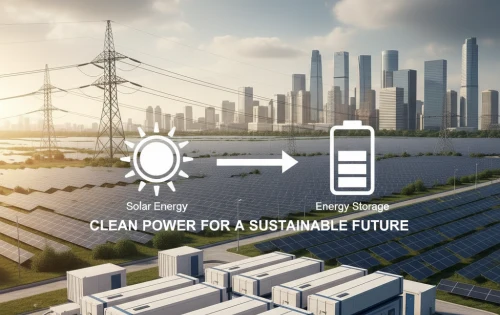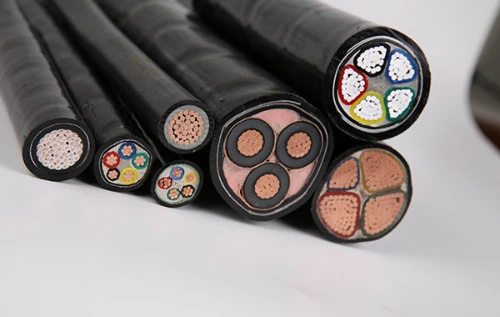The Development Trend of Industrial Transformers in 2025
In 2025, industrial transformers—especially high voltage transformers and distribution transformers—are no longer just facilitators of energy flow. They are becoming highly efficient, intelligent assets that support predictive maintenance, integrate seamlessly with renewable energy sources, and optimize performance across various voltage levels.
This article explores the key trends shaping industrial transformer technologies in 2025, with insights from major players such as Siemens Energy and Schneider Electric, and highlights how the transformer market is responding to the growing needs of the modern power systems landscape.
1. The Strategic Role Transformers Play in the Energy Transition
In the age of decarbonization, transformers play a vital role in balancing power generation from diverse sources, both traditional and renewable. As the share of renewable energy in the global electricity mix grows, so does the complexity of integrating these sources into grids that were originally designed for centralized, fossil-based power.
In 2025, industrial transformers are essential for:
- Voltage conversion across medium and high voltage levels
- Managing bidirectional power flows in distributed energy systems
- Ensuring grid stability with fast-responding voltage regulation
The increased power ratings and load variability of modern grids require smarter, more flexible transformers that can operate reliably under fluctuating conditions.
2. Integration of Renewable Energy Sources
With the global deployment of solar, wind, and hydro power, transformers are increasingly needed at the point of power generation to step up and regulate voltage for grid injection. The intermittent nature of renewable energy sources demands that transformers be:
- Adaptive to rapidly changing power inputs
- Resilient against harmonics and transients caused by inverters
- Digitally connected to grid control centers
💡 Example: In offshore wind farms, high voltage transformers must operate in harsh environments, often incorporating dry-type insulation and advanced cooling technologies.
3. The Rise of Smart Transformers
Smart transformers are among the most important innovations in 2025. Unlike conventional units, they are embedded with:
- Sensors for real-time monitoring of oil temperature, gas levels, and electrical stress
- Communication modules that feed data to SCADA and cloud platforms
- Edge computing for localized decision-making and self-regulation
These smart features enable predictive maintenance, allowing operators to detect anomalies, schedule timely repairs, and extend transformer lifespan, reducing downtime and total cost of ownership.
📊 According to industry data, smart transformers can reduce unexpected failures by up to 40%, significantly increasing asset reliability.
4. Highly Efficient Transformer Technologies
Energy efficiency is no longer a bonus—it's a requirement. In 2025, new regulations are tightening efficiency standards globally. Industrial transformers must achieve lower no-load losses and load losses without compromising durability.
Siemens Energy, for instance, has introduced a range of Eco-efficient transformers using:
- Amorphous metal cores to reduce eddy current losses
- High-performance insulation materials for thermal endurance
- Vacuum cast coil technology for compact, explosion-resistant units
Similarly, Schneider Electric is investing in dry-type smart distribution transformers for indoor and urban environments, eliminating oil leakage risk and minimizing environmental impact.
5. Digital Twin and Predictive Maintenance
Predictive maintenance is revolutionizing transformer asset management. Powered by IoT sensors, AI algorithms, and digital twin models, utilities and plant operators can now:
- Simulate transformer behavior under various load and environmental conditions
- Detect signs of insulation aging or winding deformation
- Prioritize maintenance based on risk rather than fixed schedules
This reduces unplanned outages and helps operators budget for capex and opex more accurately.
🛠️ Predictive analytics is estimated to reduce transformer maintenance costs by up to 25% compared to reactive servicing.
6. Customization for Power Systems of the Future
The transformation of power systems is creating new demands in terms of transformer design and performance:
|
Application |
Transformer Requirement |
|
Renewable Microgrids |
Modular, compact, smart transformers |
|
Urban Power Distribution |
Low-noise, eco-friendly dry-type transformers |
|
Industrial Electrification |
High-power rating, temperature-resistant models |
|
HVDC Systems |
Extra high voltage, long-life insulation |
Manufacturers are developing transformers that are customized for load profiles, climate zones, and digital integration, supporting agile energy infrastructure.
7. Market Leaders Driving Innovation
Siemens Energy
Siemens Energy has established itself as a global leader in smart grid transformers and eco-efficient designs. Their “Sensformer” line integrates IoT and connectivity, enabling real-time data access and cloud-based asset monitoring. Siemens also emphasizes low-loss cores and eco-friendly fluids, supporting global energy efficiency goals.
Schneider Electric
Schneider Electric is focused on digital power transformation, particularly through its smart transformer platforms connected to EcoStruxure™—a comprehensive energy management suite. They are innovating in urban power systems and promoting transformers for decentralized energy markets.
8. Regional Growth Trends and the Global Outlook
As of 2025, the transformer industry is witnessing growth across several strategic regions:
|
Region |
Growth Driver |
|
Asia-Pacific |
Rapid urbanization, solar power growth |
|
Europe |
Grid modernization, offshore wind deployment |
|
North America |
Aging grid infrastructure, data center demand |
|
Middle East/Africa |
Electrification programs, transmission expansion |
The global industrial transformer market is expected to exceed USD 65 billion by the end of 2025, with smart and eco-efficient solutions driving the highest CAGR.
9. Regulatory & Environmental Pressures
Environmental directives are pushing the industry toward safer, cleaner, and longer-lasting transformer solutions. Some key trends:
- EU EcoDesign Directive Tier 2 standards becoming the global benchmark
- Biodegradable insulating oils are gaining popularity over mineral oils
- Fire- and explosion-safe transformer housings in urban and industrial zones
Governments and utilities now prioritize life cycle analysis (LCA) in procurement decisions, making efficiency, recyclability, and digital readiness essential criteria.
In 2025, the industrial transformer is no longer just a static link in the power chain—it is a smart, connected, efficient, and sustainable asset central to the new energy paradigm. As the integration of renewable energy, electrification of industries, and digitization of power systems continues, the transformers industry must keep innovating to meet the moment.
Leaders like Siemens Energy and Schneider Electric are setting the pace, but the entire value chain—from component suppliers to utilities—must align to unlock the full potential of transformer technologies in the clean, digital energy future.


